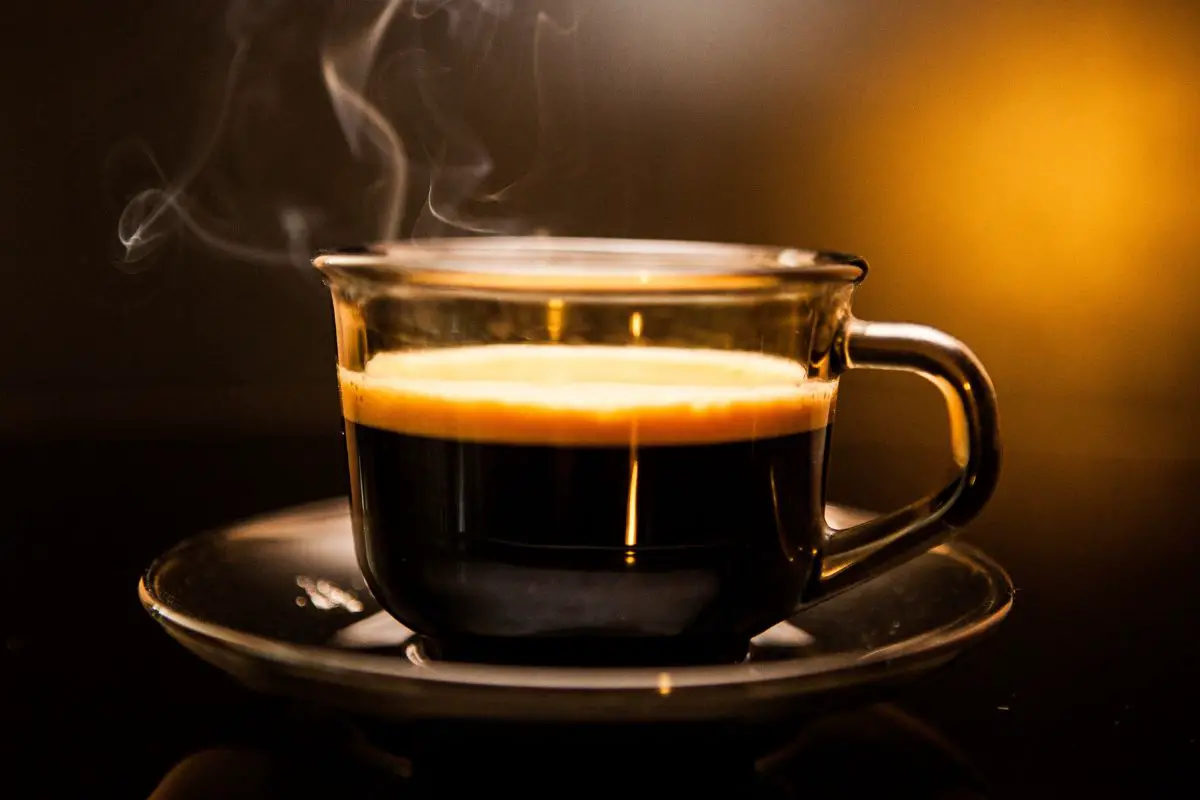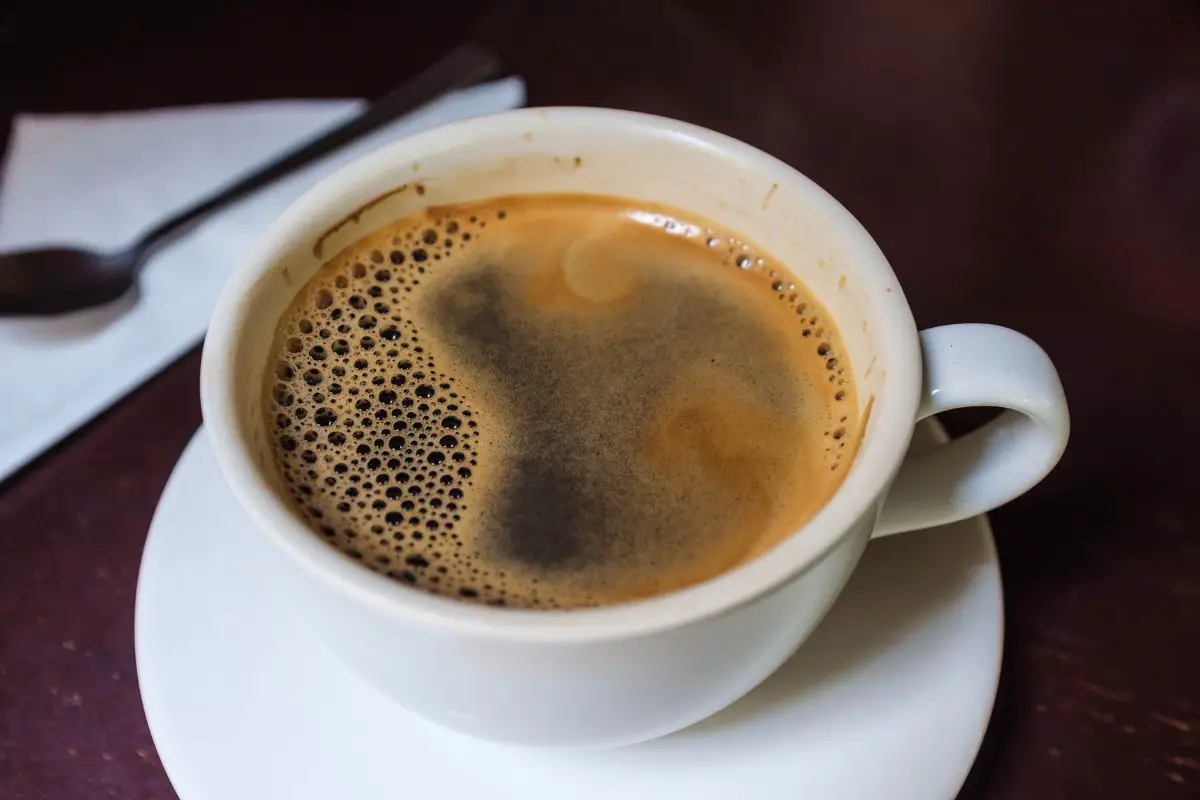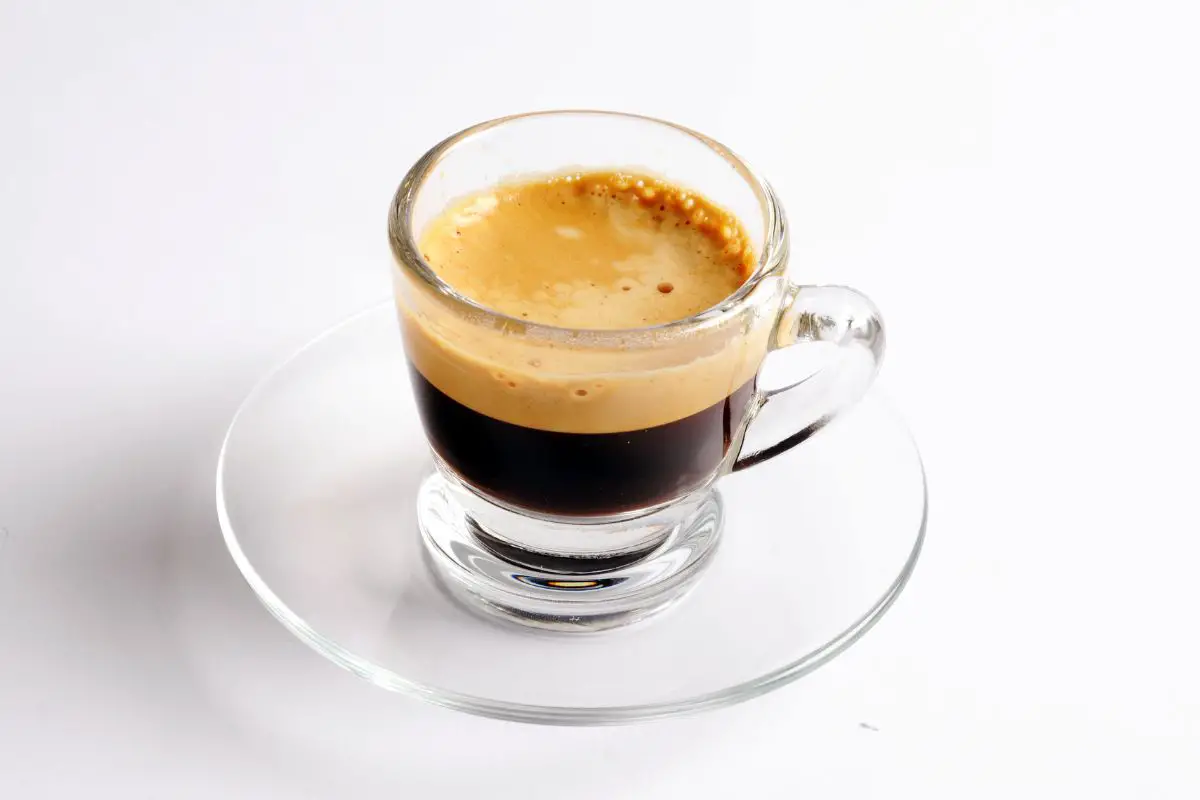Coffee has become an integral part of our daily routines, providing us with the much-needed boost to kickstart our mornings and keep us going throughout the day.

Among the various coffee options available, black coffee and espresso stand out as two distinct and powerful choices. These potent beverages possess the ability to awaken our senses, invigorating both mind and body. The robustness of black coffee and the intensity of espresso make them formidable contenders in the world of caffeine.
In this article, we will delve into the nuances of black coffee and espresso, exploring their differences in flavor, caffeine content, and personal preferences. By understanding the characteristics of each, readers can make informed choices that align with their desired coffee experience.
So, prepare yourself to embark on a journey of discovery, as we unravel the intricacies of black coffee and espresso, helping you navigate the vast realm of coffee consumption with confidence and safety.
Key Takeaways
- Black coffee is brewed with hot water and has a strong and bitter taste, high caffeine content, and low calorie count.
- Espresso is a concentrated and intense coffee beverage with a rich flavor, characterized by crema, body, acidity, bitterness, and strength.
- Personal factors such as body weight, tolerance to caffeine, and sensitivity to caffeine should be considered when choosing between black coffee and espresso.
- Personal preferences, including taste, desired caffeine levels, and brewing methods, influence the choice between black coffee and espresso.
The Basics of Black Coffee

Black coffee is a type of beverage that is prepared by brewing ground coffee beans with hot water, resulting in a strong and bitter taste profile. This popular drink is enjoyed by many individuals worldwide, with its simplicity and versatility being major attractions.
One of the key characteristics of black coffee is its high caffeine content, which can provide a quick energy boost. Additionally, it is a low-calorie option that can be consumed as part of a healthy diet.
To prepare black coffee, one typically uses a coffee maker or a French press. The ground coffee is mixed with hot water, allowing the flavors and aromas to be extracted. The brewing time can vary depending on personal preference, with longer brewing times resulting in a stronger taste. Some individuals may choose to add sugar, milk, or other flavorings to enhance the taste.
Transitioning into the subsequent section about the art of espresso, it is important to note that black coffee is just one way to enjoy the beverage. Another popular and distinct method is through the preparation of espresso, which involves a different brewing process and results in a concentrated and intense flavor.
The Art of Espresso

The art of espresso encompasses the mastery of creating the perfect espresso shot and understanding its unique characteristics.
A well-crafted espresso shot is characterized by its rich, full-bodied flavor, intense aroma, and thick layer of crema on top.
Additionally, the art of espresso extends to the creation of various espresso-based drinks, which offer a wide range of flavor profiles and variations to suit individual preferences.
The espresso shot and its characteristics
Espresso, a highly concentrated coffee beverage, possesses a distinctive intensity that captivates the senses. It is characterized by its strong flavor, velvety texture, and rich aroma. The espresso shot is the foundation of various espresso-based drinks, making it vital to understand its characteristics. The table below outlines the key attributes of an espresso shot:
| Characteristics | Description |
|---|---|
| Crema | The golden-brown foam on top of the espresso, indicating freshness and quality. |
| Body | The thickness and mouthfeel of the espresso, ranging from light to heavy. |
| Acidity | The perceived tanginess or brightness of the espresso, balancing the bitterness. |
| Bitterness | The strong, slightly burnt taste resulting from the brewing process. |
| Strength | The concentration of caffeine and flavor, determining the intensity. |
Understanding these characteristics allows coffee enthusiasts to appreciate the uniqueness of espresso and make informed choices when exploring the world of espresso-based drinks and their variations. Transitioning into the subsequent section, we will delve into the diverse range of espresso-based drinks and their enticing variations.
Espresso-based drinks and their variations
A captivating array of aromatic concoctions awaits, as espresso-based drinks take center stage with their tantalizing variations. These beverages are created by combining a shot of espresso with various ingredients such as milk, water, and syrup, resulting in a diverse range of flavors and textures.
One popular variation is the cappuccino, which consists of equal parts espresso, steamed milk, and frothed milk, creating a creamy and balanced drink.
Another beloved choice is the latte, where a shot of espresso is mixed with a larger amount of steamed milk, creating a smoother and milder flavor.
For those seeking a stronger taste, the macchiato offers a bolder experience with a shot of espresso topped with a dollop of foamed milk.
These espresso-based drinks provide a delightful exploration of flavors that will surely satisfy any coffee lover’s palate.
Transitioning to the subsequent section, the flavor comparison between black coffee and espresso unveils interesting differences.
Flavor Comparison
Flavor profiles of black coffee and espresso differ significantly due to variations in brewing methods and bean types. Black coffee, typically brewed using a drip or pour-over method, offers a more subtle and nuanced flavor compared to espresso. The longer extraction time allows for a greater extraction of flavors from the coffee beans, resulting in a well-rounded taste. On the other hand, espresso, produced by forcing pressurized hot water through finely ground coffee beans, showcases a concentrated and intense flavor profile. The shorter extraction time and higher pressure used in the espresso brewing process lead to the extraction of bolder and more pronounced flavors.
To better understand the flavor differences between black coffee and espresso, the following table provides a comparison of their taste characteristics:
| Flavor Characteristics | Black Coffee | Espresso |
|---|---|---|
| Acidity | Medium to high | High |
| Bitterness | Low to medium | High |
| Body | Light to medium | Full |
| Aroma | Mild and subtle | Strong and intense |
By examining these flavor characteristics, coffee enthusiasts can choose their preferred beverage based on their personal taste preferences. Moving forward, it is important to explore the caffeine content of black coffee and espresso to understand the impact on our daily caffeine intake.
Caffeine Content
The caffeine content of these two popular beverages is worth examining, as it can have a significant impact on our daily intake of this stimulant.
When comparing black coffee and espresso, it is important to note that espresso generally contains more caffeine per fluid ounce than black coffee. An average cup of black coffee, which is brewed using ground coffee beans and water, contains approximately 95 milligrams of caffeine per 8-ounce serving. On the other hand, a single shot of espresso, which is made by forcing hot water through finely ground coffee beans under high pressure, typically contains around 63 milligrams of caffeine per 1-ounce serving.
It is important to consider personal factors such as body weight, tolerance, and sensitivity to caffeine when deciding which beverage to consume. Some individuals may prefer the higher caffeine content of espresso to help them stay alert and energized throughout the day, while others may opt for black coffee due to its milder taste and lower caffeine content.
In the subsequent section about personal preferences, we will explore other aspects of black coffee and espresso that may influence an individual’s choice of beverage.
Personal Preferences
When considering personal preferences, individuals may take into account various factors that influence their choice of beverage, such as taste preferences, desired caffeine levels, and brewing methods.
When it comes to taste, some people prefer the bold and robust flavor of black coffee, while others enjoy the concentrated and intense taste of espresso.
Additionally, the desired caffeine levels can play a role in one’s preference. Black coffee generally contains higher levels of caffeine compared to espresso, which may be appealing to individuals seeking a stronger caffeine kick. On the other hand, some individuals may prefer the lower caffeine content in espresso, as it provides a milder stimulant effect.
Brewing methods also contribute to personal preferences. While both black coffee and espresso can be brewed using various techniques, some individuals may prefer the simplicity of brewing a cup of black coffee, while others enjoy the precision and artistry involved in pulling the perfect shot of espresso.
Overall, personal preferences regarding taste, caffeine levels, and brewing methods play a crucial role in determining whether an individual favors black coffee or espresso.
Frequently Asked Questions
Are there any health benefits of drinking black coffee or espresso?
Drinking black coffee or espresso can provide health benefits due to their high antioxidant content. They may help reduce the risk of certain diseases, improve cognitive function, boost metabolism, and provide a source of essential nutrients.
Can black coffee or espresso help with weight loss?
Black coffee and espresso can potentially aid in weight loss due to their low calorie content. However, it is important to note that any weight loss benefits are ultimately dependent on an individual’s overall diet and lifestyle choices.
What is the difference between a regular coffee machine and an espresso machine?
An espresso machine differs from a regular coffee machine in terms of brewing method and pressure. While a regular coffee machine drips hot water through coffee grounds, an espresso machine uses high pressure to force hot water through finely ground coffee, resulting in a concentrated and intense flavor.
Can black coffee or espresso be enjoyed with milk or other additives?
Milk and other additives can be enjoyed with both black coffee and espresso. However, it is important to note that adding milk or sugar to coffee can increase calorie and sugar intake, which may have health implications if consumed excessively.
Are there any specific brewing methods or techniques for black coffee or espresso?
Brewing methods for black coffee and espresso vary, with black coffee typically made through drip or pour-over methods and espresso made using an espresso machine. Each method requires specific techniques to ensure safety and quality.
Conclusion
In conclusion, the preceding discussion highlighted the fundamental characteristics and distinctions between black coffee and espresso.
By examining their flavor profiles, caffeine content, and individual preferences, one can appreciate the nuances of these two popular beverages.
The artistry and precision of crafting espresso, coupled with the simplicity and purity of black coffee, contribute to the diverse range of choices available to coffee enthusiasts.
Ultimately, exploring the world of coffee offers an enjoyable and enlightening experience for those seeking a flavorful and invigorating beverage.
Related articles:
